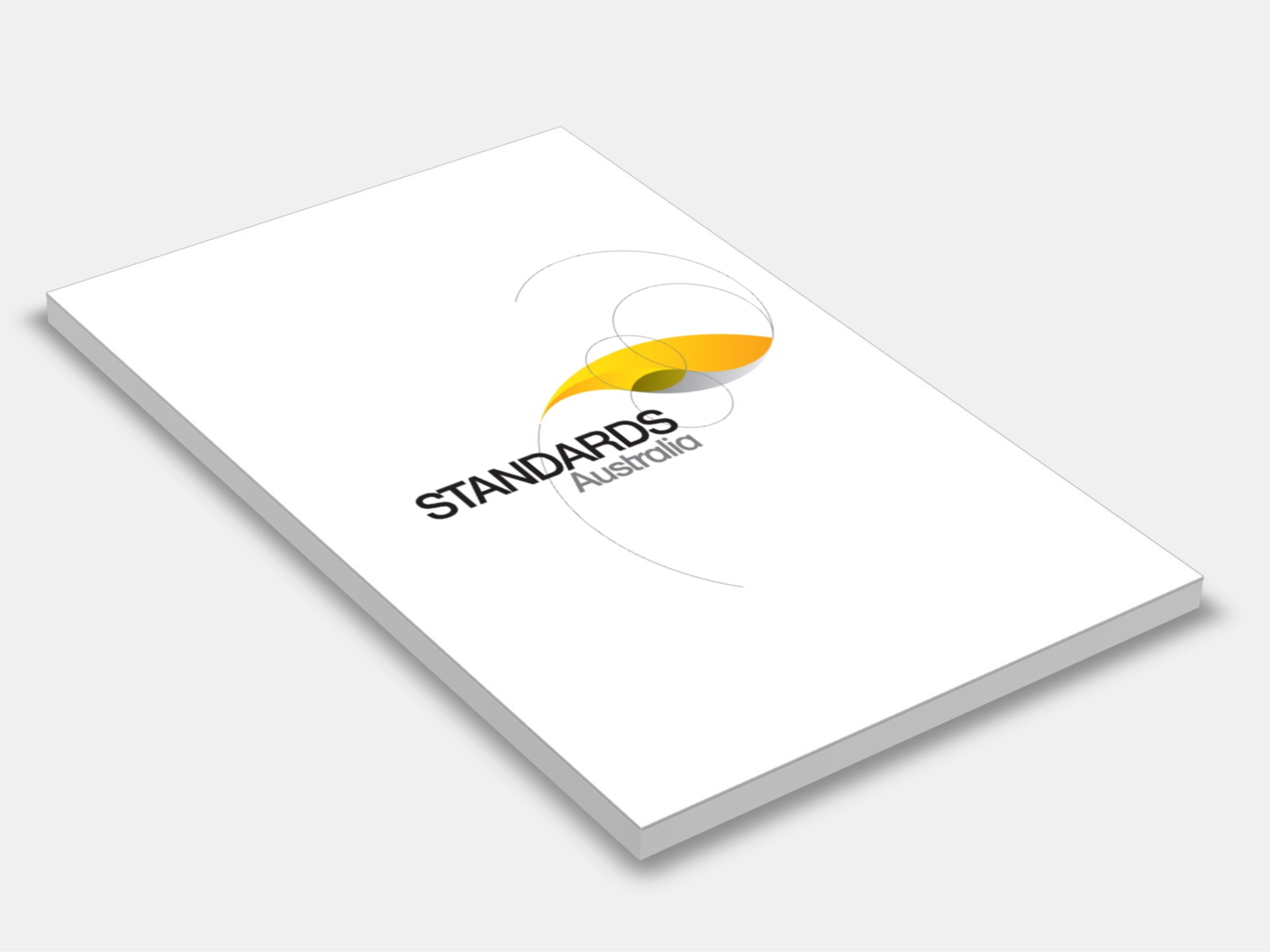
Type
Publisher
Standards Australia
Publisher
Standards Australia
Version:
First Edition 2019.
(Current)
Short Description
The objective of this Standard is to specify generic cabling for use within office premises, which can comprise single or multiple buildings on a campus; covers balanced cabling and optical fibre cabling.
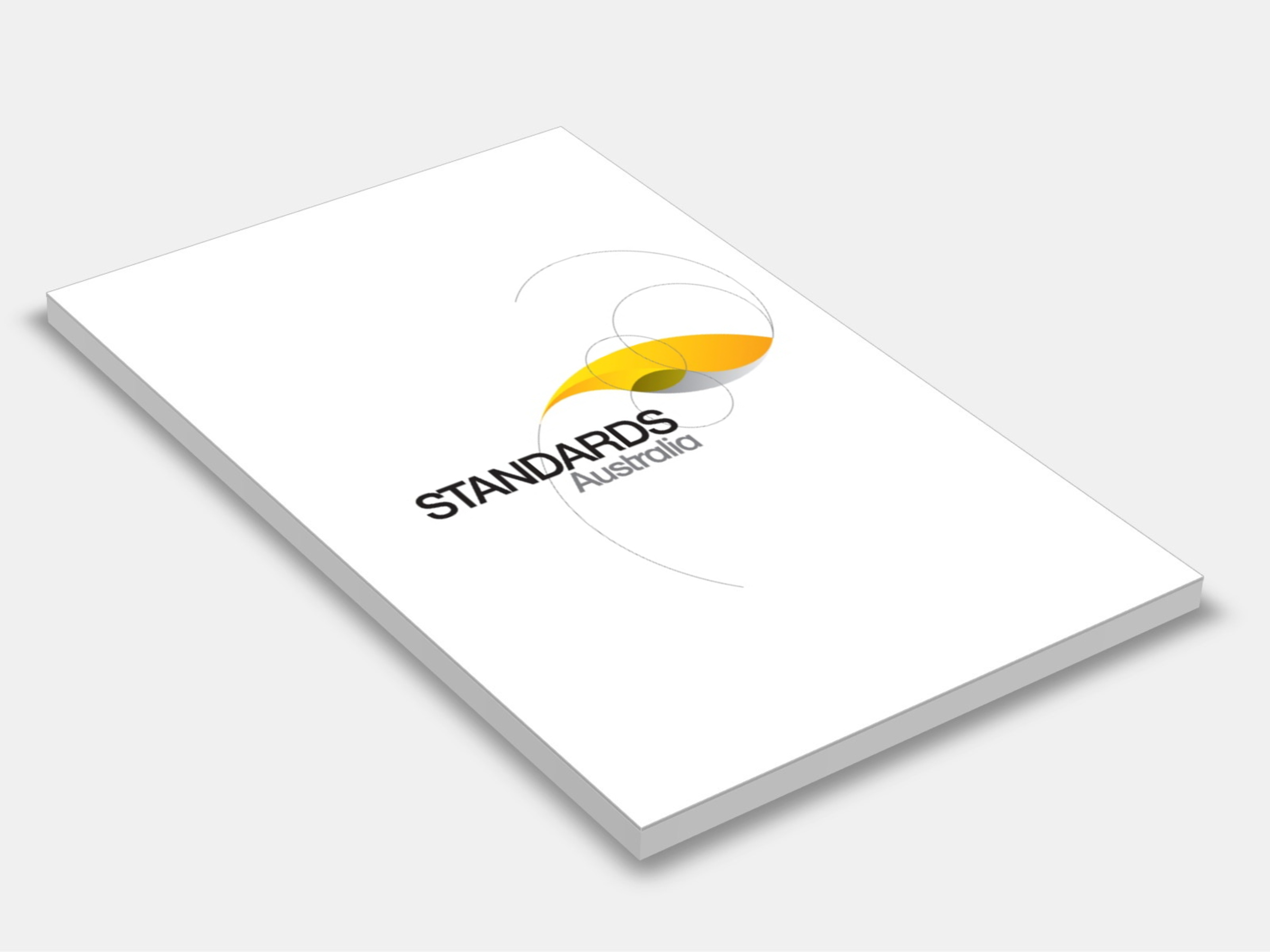
Type
Publisher
Standards Australia/Standards New Zealand
Publisher
Standards Australia/Standards New Zealand
Version:
Second Edition 2020.
(Current)
Short Description
This Standard adopts ISO/IEC 14763-2:2019 with modifications for Australia and New Zealand, which specify requirements for the planning, installation and operation of telecommunications cabling and cabling infrastructures including cabling, pathways, spaces and telecommunications bonds (other than that specified in AS 30129) in support of generic cabling standards and associated documents.
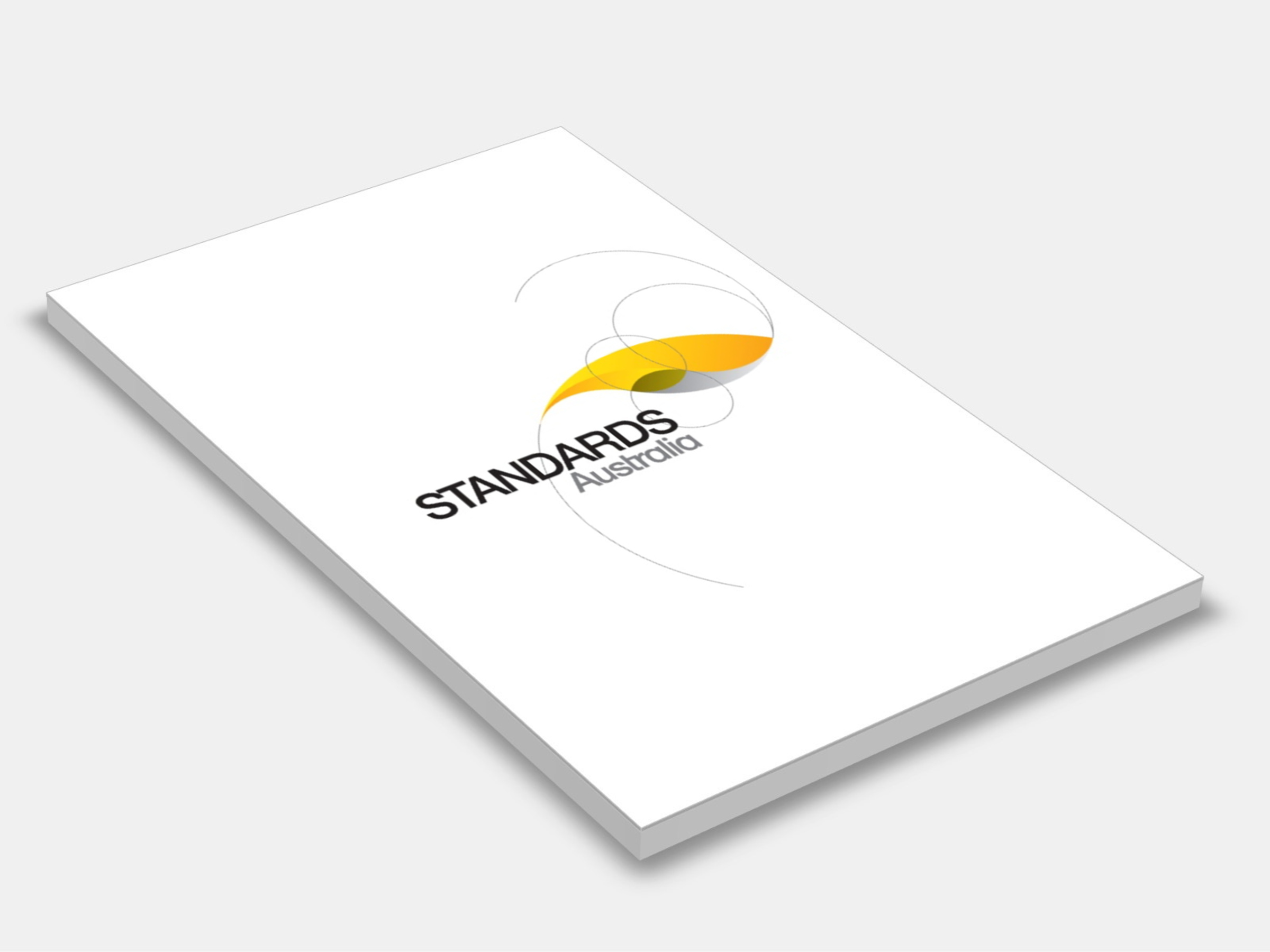
Type
Publisher
Standards Australia
Publisher
Standards Australia
Version:
First Edition 2019.
(Current)
Short Description
The objective of this Standard specifies generic cabling within premises that comprise single or multiple buildings on a campus; it covers balanced cabling and optical fibre cabling.
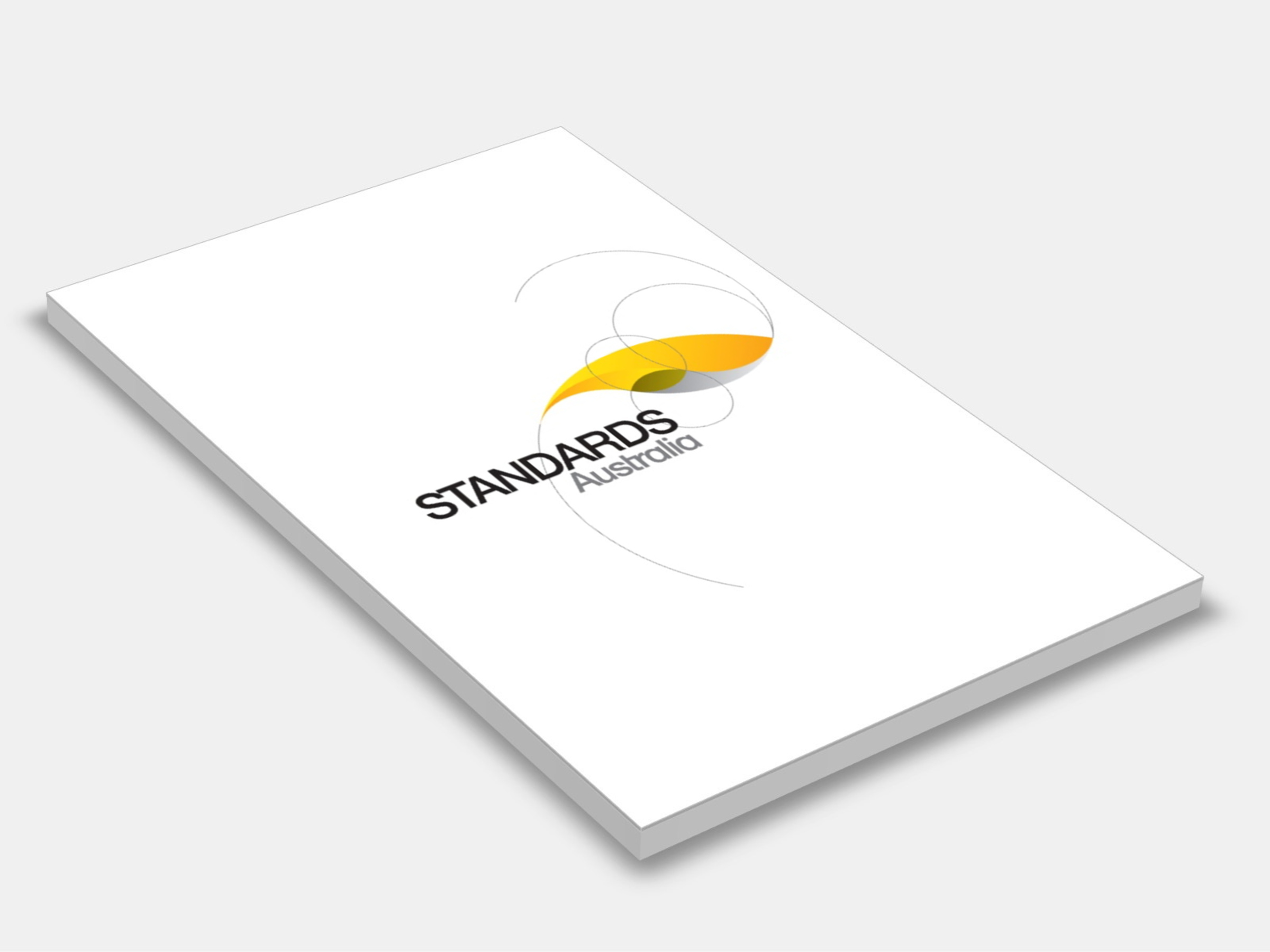
Type
Publisher
Standards Australia
Publisher
Standards Australia
Version:
First Edition 2019.
(Current)
Short Description
The objective of this Standard specifies requirements that are common to the other parts of the AS/NZS 11801 series or ISO/IEC 11801 series. Cabling specified by this Standard supports a wide range of services including voice, data, and video that may also incorporate the supply of power.
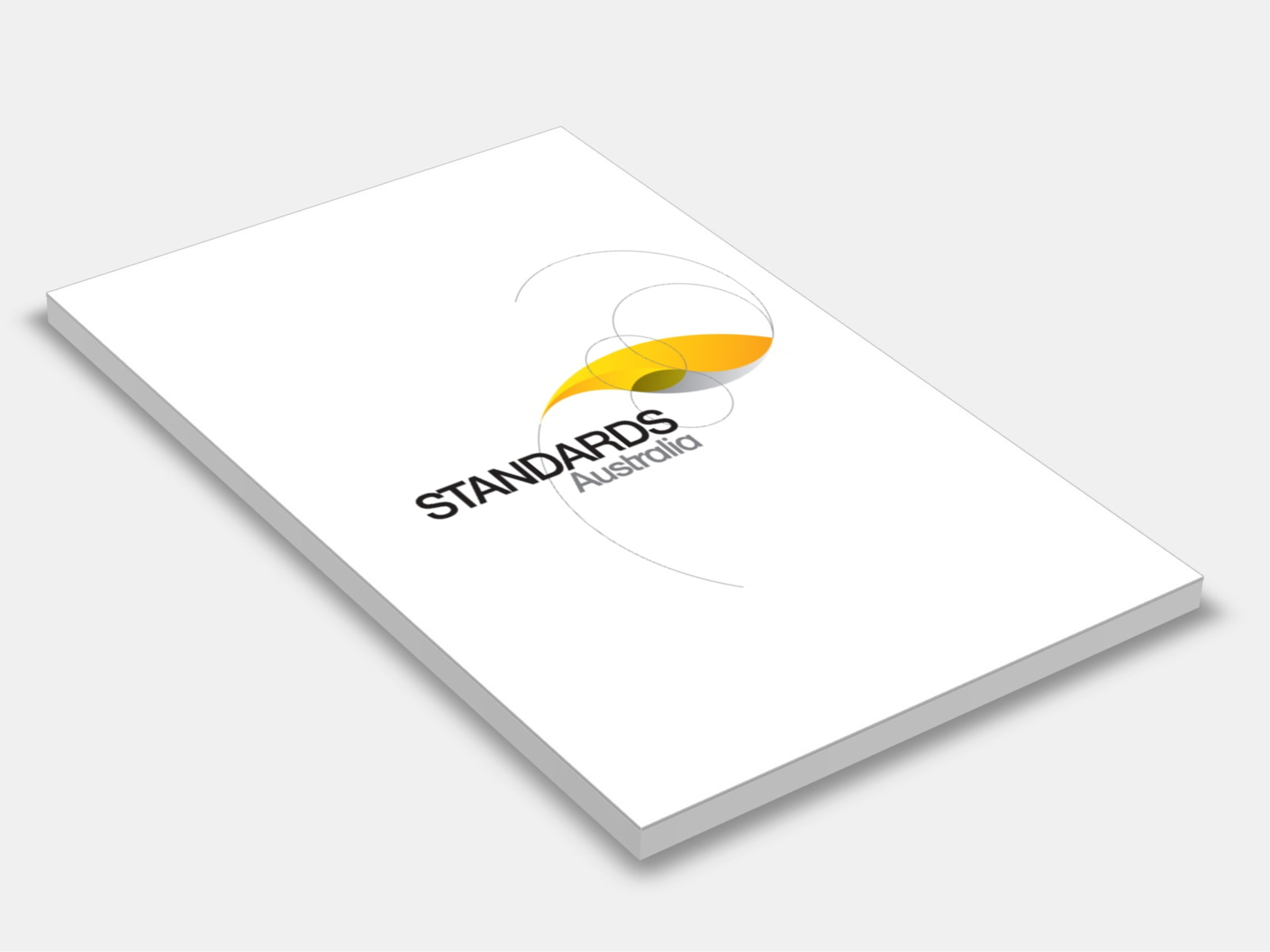
Type
Publisher
Standards Australia
Publisher
Standards Australia
Version:
First Edition 2022.
(Current)
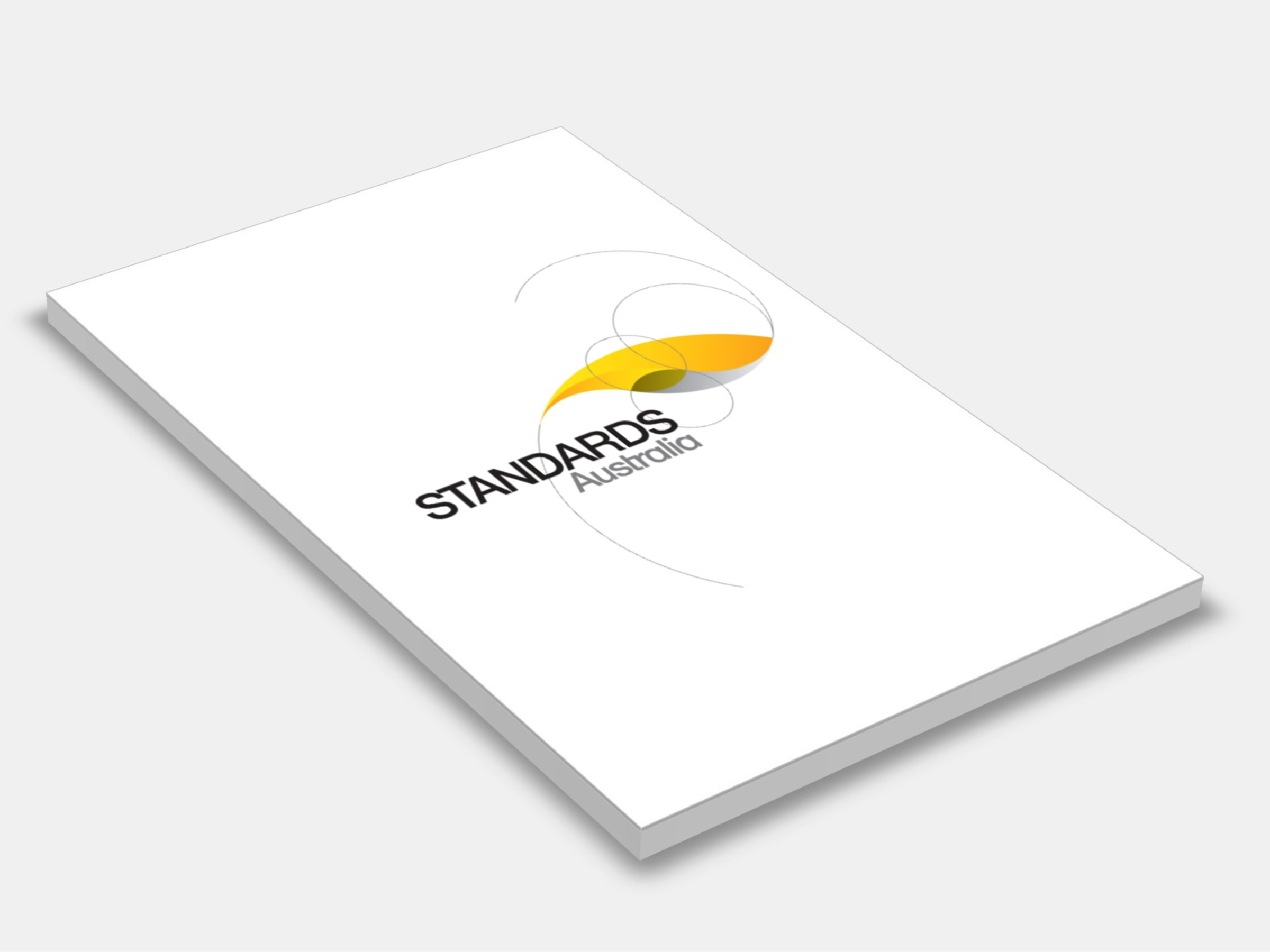
Type
Publisher
Standards Australia
Publisher
Standards Australia
Version:
First Edition 2020.
(Current)
Short Description
Gives practical guidance for training, the preparation of sites for scaffolding, and the safe selection, supply, erection, alteration, dismantling, maintenance, inspection and use of scaffolding and scaffolding equipment (companion to the AS(/NZS) 1576 series.
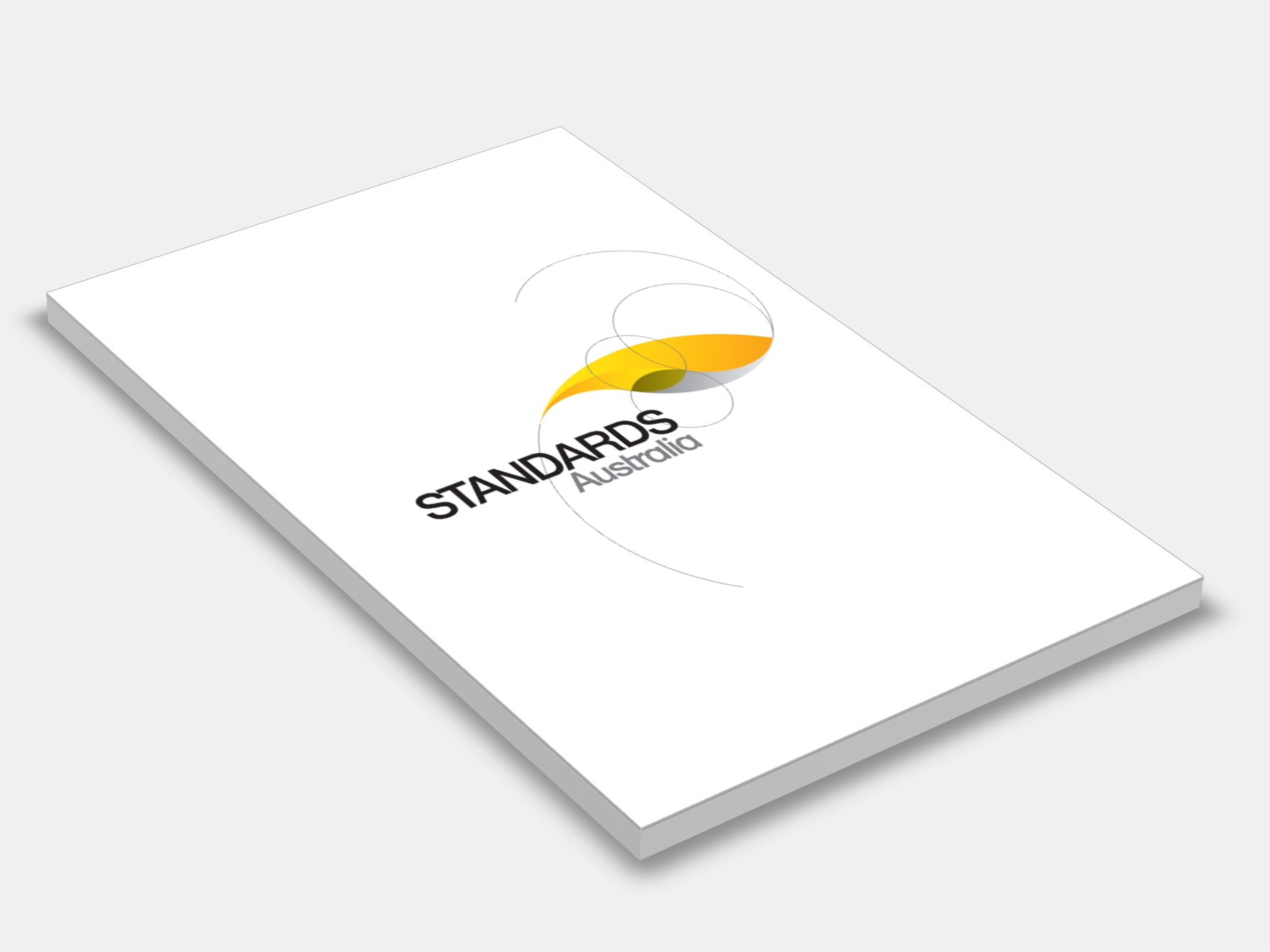
Type
Publisher
Standards Australia
Publisher
Standards Australia
Version:
Sixth Edition 2017.
(Current)
Short Description
Provides requirements for the planning, design, construction, and safe operation of all installations in which flammable or combustible liquids are stored or handled. In separate sections it deals with minor storage, package storage and handling, storage in tanks, fuel dispensing, piping and tank auxiliaries, operations and fire protection facilities. Appendices deal with tank venting, combustion characteristics, fire exposure protection, gas-freeing precautions and principles, and power station and grid transformers.

Type
Publisher
Standards Australia/Standards New Zealand
Publisher
Standards Australia/Standards New Zealand
Version:
Third Edition 2003.
(Current)
Short Description
Specifies requirements for the design, construction, location, and operation and testing of systems for the storage and handling of anhydrous ammonia. Requirements for the management of emergencies involving anhydrous ammonia and for the fire protection associated facilities are also specified.
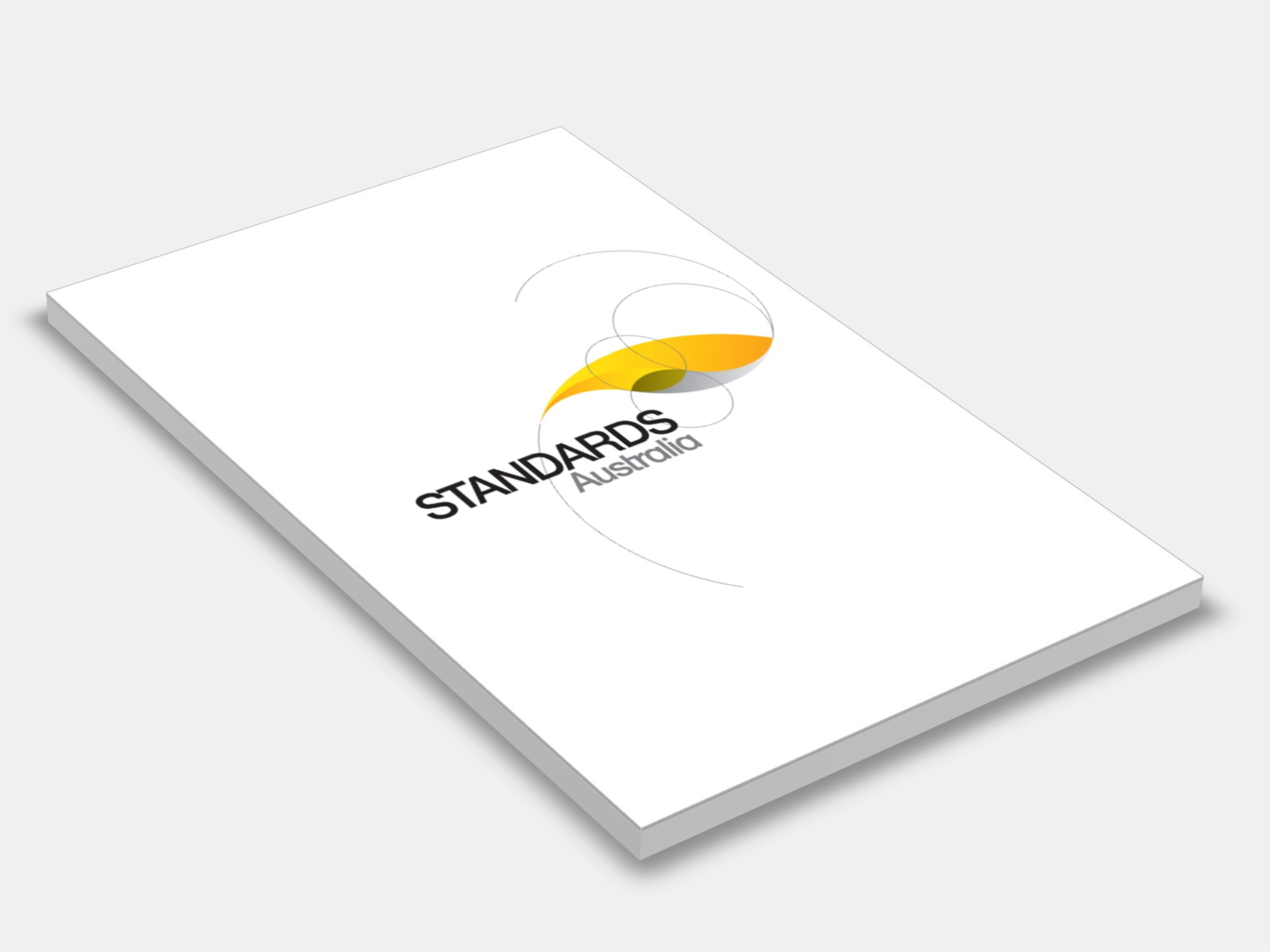
Type
Publisher
Standards Australia
Publisher
Standards Australia
Version:
Second Edition 2004.
(Current)
Short Description
Sets out requirements and recommendations for the storage and handling of gases in cylinders, as classified as Class 2 dangerous goods in the ADG Code. It applies to stores where individual gases (other than those which are covered by specific Australian Standards) are kept, and to stores where more than one type of gas is kept. Requirements for the location, construction and ventilation of stores are given. Recommendations for the management of emergencies and actions in the event of fire are provided in appendices.
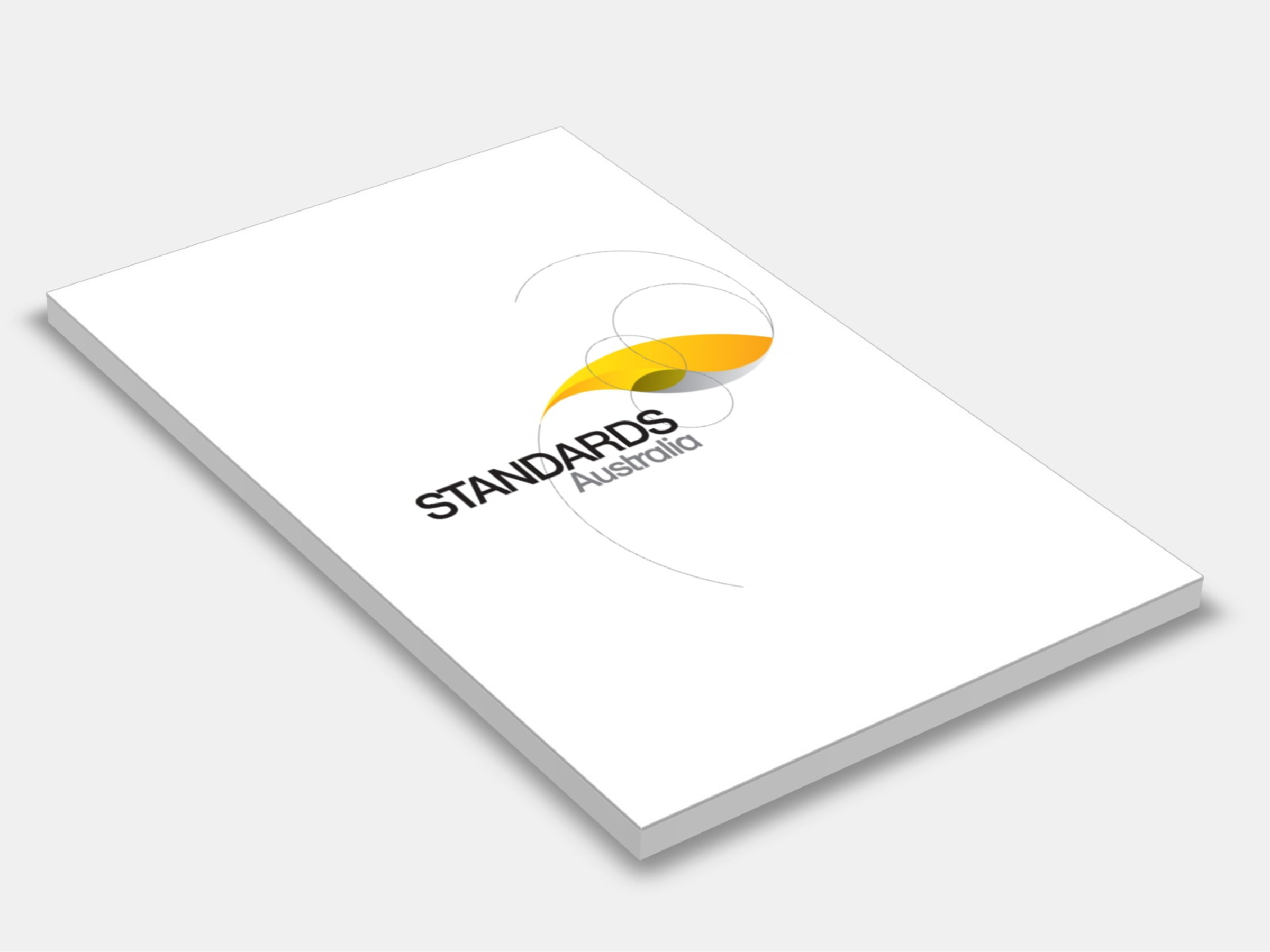
Type
Publisher
Standards Australia/Standards New Zealand
Publisher
Standards Australia/Standards New Zealand
Version:
First Edition 1997.
(Pending Revision)
Short Description
Sets out requirements and recommendations for the storage and handling of toxic substances that in Australia, meet the Class 6.1 classification criteria of the ADG Code and in New Zealand, the Class 6.1 classification criteria of the IMDG Code and Schedules 1-4 of the New Zealand Toxic Substances Regulations 1983. The Standard applies to Class 6.1 substances and may also apply to substances of other classes having a 6.1 Subsidiary Risk. A discussion of the hazards presented by toxic substances and a bibliography of documents providing guidelines on the preparation of emergency plans are provided in appendices.